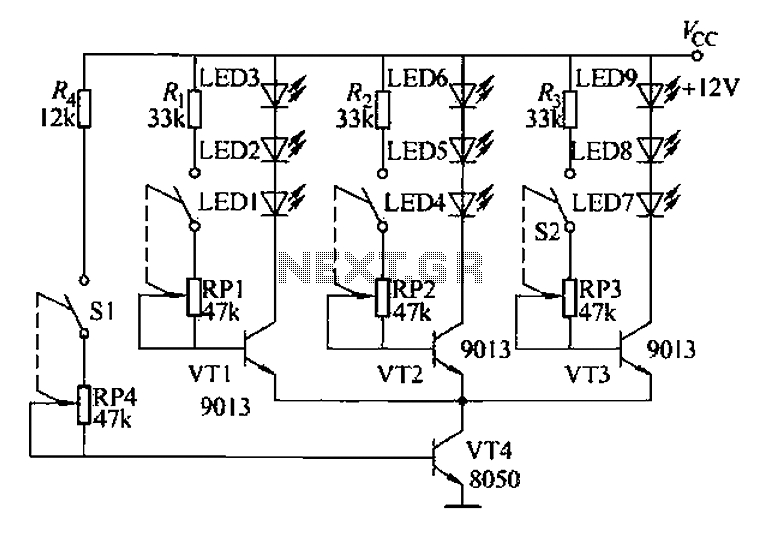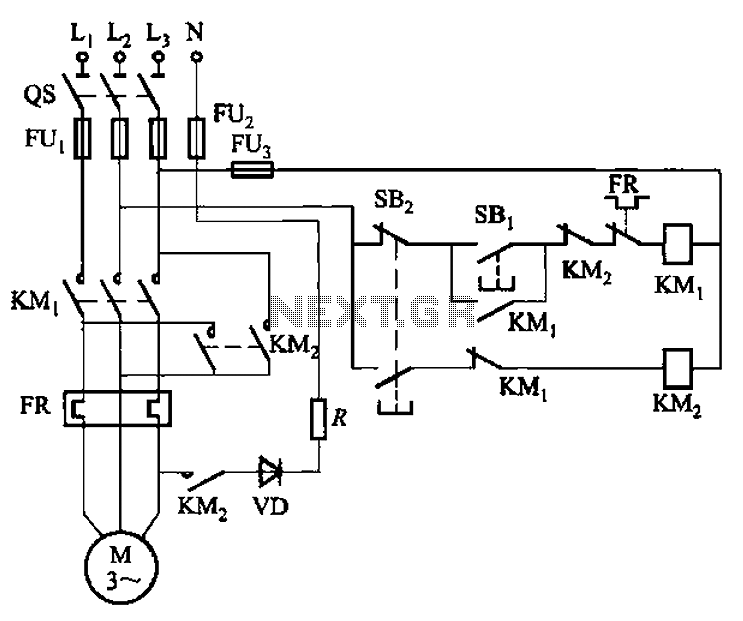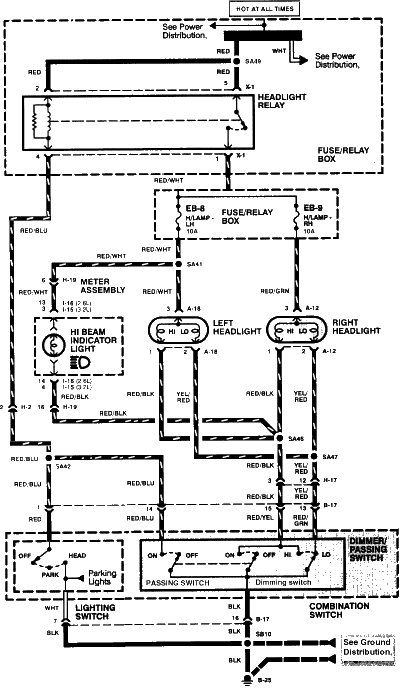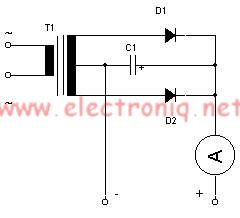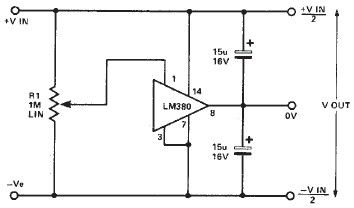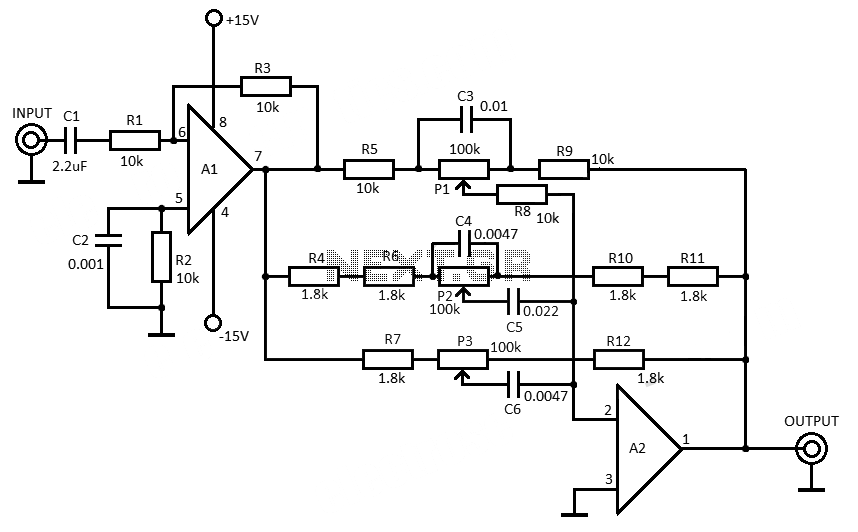
ISO103 gain adjustment circuit diagram
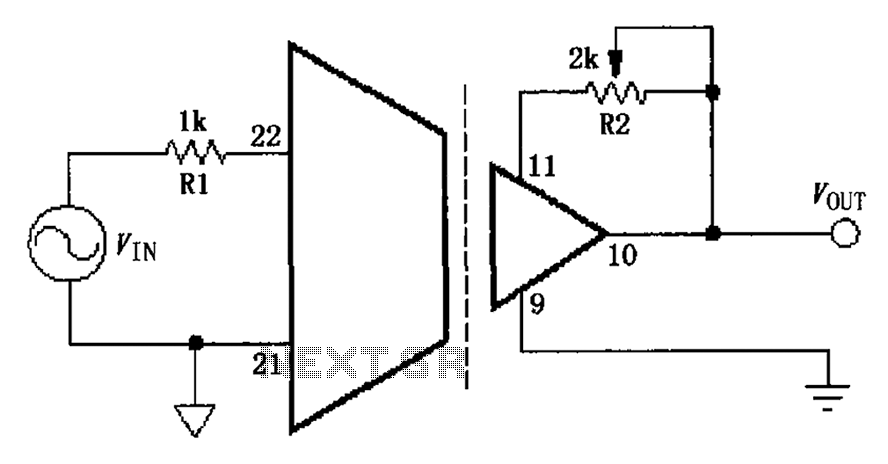
The gain adjustment circuit for the ISO103 is illustrated. The circuit features a gain trimming potentiometer, R2, which serves to enhance the gain accuracy and offset of the ISO103, thereby allowing for external adjustments. R2 provides a gain trim of 0.5%. For applications requiring a more extensive fine-tuning range, the resistance values of resistors R1 and R2 can be increased. Specifically, increasing R1 and R2 to 2kΩ yields an additional 1% fine adjustment range, although this configuration necessitates that R2 be twice the value of R1.
The ISO103 gain adjustment circuit is designed to optimize the performance of the ISO103 instrumentation amplifier by enabling precise control over gain settings. The primary component, R2, acts as a variable resistor, allowing users to fine-tune the gain to meet specific application requirements. The nominal gain trim provided by R2 is 0.5%, which is critical for applications demanding high accuracy in signal amplification.
In scenarios where enhanced fine-tuning is essential, the circuit can be modified by increasing the resistance values of R1 and R2 to 2kΩ. This adjustment introduces an additional 1% fine adjustment range, which is particularly beneficial in precision measurement applications. However, it is important to note that this configuration imposes a specific design constraint: R2 must be set to twice the resistance value of R1 (i.e., R2 = 2R1).
This relationship between R1 and R2 is crucial for maintaining the integrity of the gain adjustment. The careful selection of these resistor values ensures that the overall gain of the ISO103 remains within desired specifications while providing the necessary flexibility for fine-tuning. The implementation of this gain adjustment circuit can significantly enhance the performance of the ISO103 in various electronic applications, particularly in environments where signal integrity and accuracy are paramount. As shown for the gain adjustment circuit ISO103. Circuit gain trimming potentiometer R2 (general ISO103 gain accuracy and offset the need for external adjustment), R2 provides 0.5% gain trim. As the need for greater fine-tuning range can be increased R1, R2 the resistance of each resistor R1 increases 2k, an additional 1% of the fine adjustment range, but requires R2 2R1.
The ISO103 gain adjustment circuit is designed to optimize the performance of the ISO103 instrumentation amplifier by enabling precise control over gain settings. The primary component, R2, acts as a variable resistor, allowing users to fine-tune the gain to meet specific application requirements. The nominal gain trim provided by R2 is 0.5%, which is critical for applications demanding high accuracy in signal amplification.
In scenarios where enhanced fine-tuning is essential, the circuit can be modified by increasing the resistance values of R1 and R2 to 2kΩ. This adjustment introduces an additional 1% fine adjustment range, which is particularly beneficial in precision measurement applications. However, it is important to note that this configuration imposes a specific design constraint: R2 must be set to twice the resistance value of R1 (i.e., R2 = 2R1).
This relationship between R1 and R2 is crucial for maintaining the integrity of the gain adjustment. The careful selection of these resistor values ensures that the overall gain of the ISO103 remains within desired specifications while providing the necessary flexibility for fine-tuning. The implementation of this gain adjustment circuit can significantly enhance the performance of the ISO103 in various electronic applications, particularly in environments where signal integrity and accuracy are paramount. As shown for the gain adjustment circuit ISO103. Circuit gain trimming potentiometer R2 (general ISO103 gain accuracy and offset the need for external adjustment), R2 provides 0.5% gain trim. As the need for greater fine-tuning range can be increased R1, R2 the resistance of each resistor R1 increases 2k, an additional 1% of the fine adjustment range, but requires R2 2R1.
